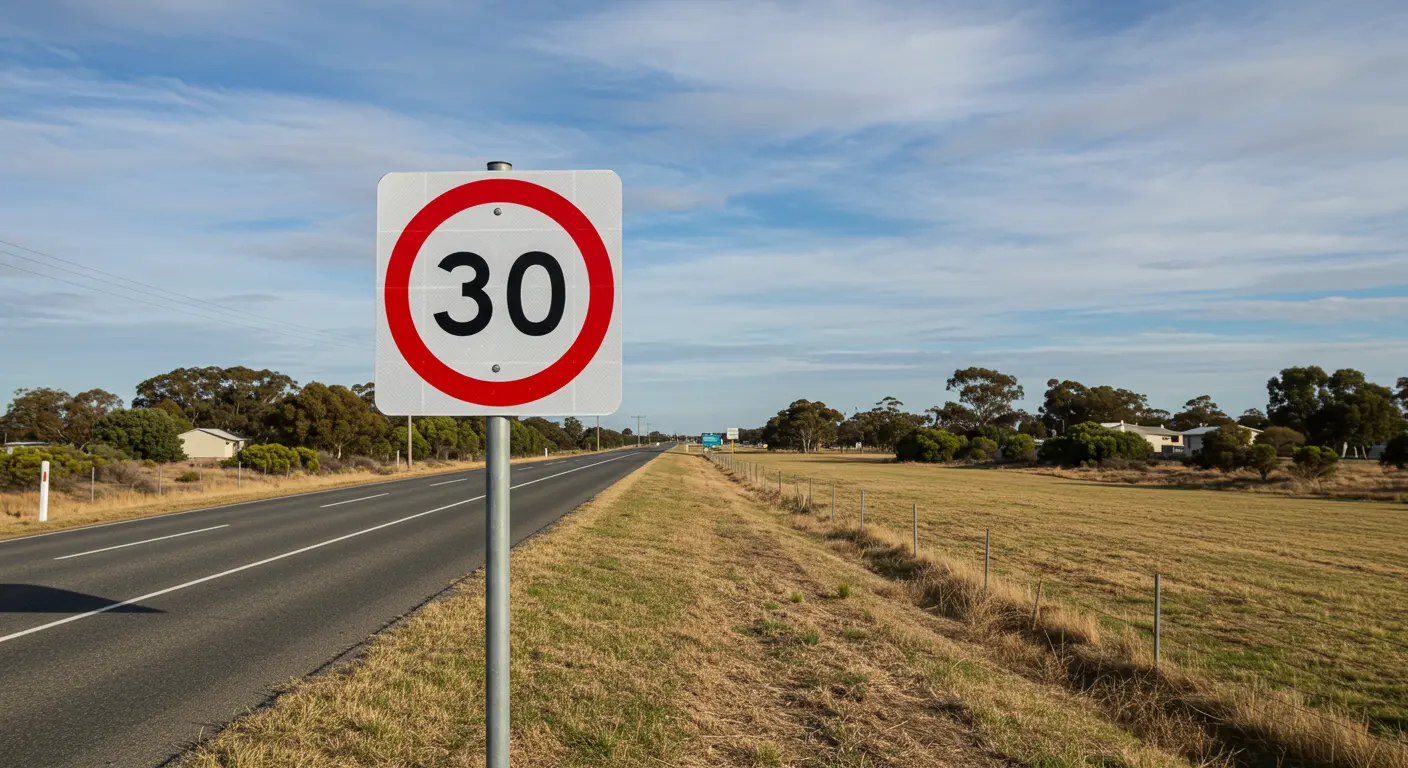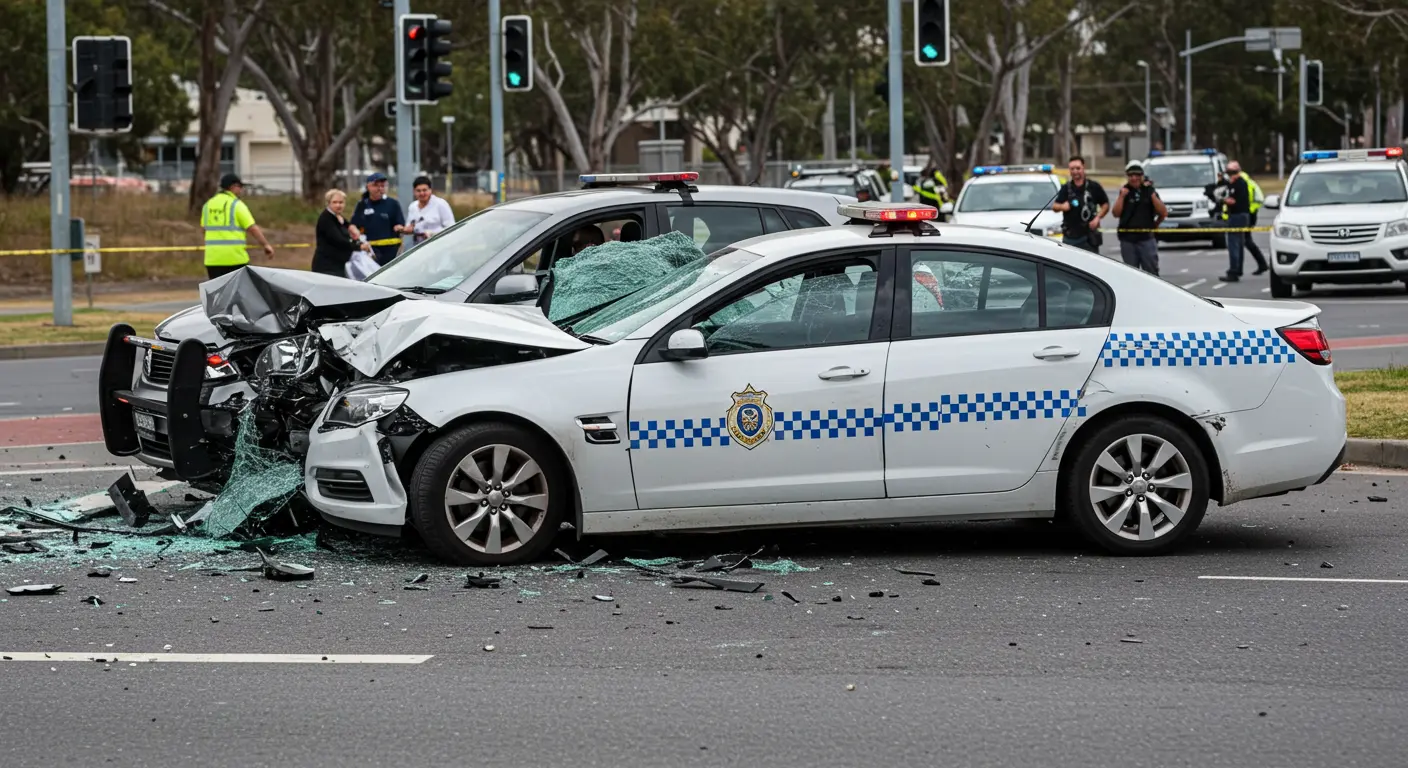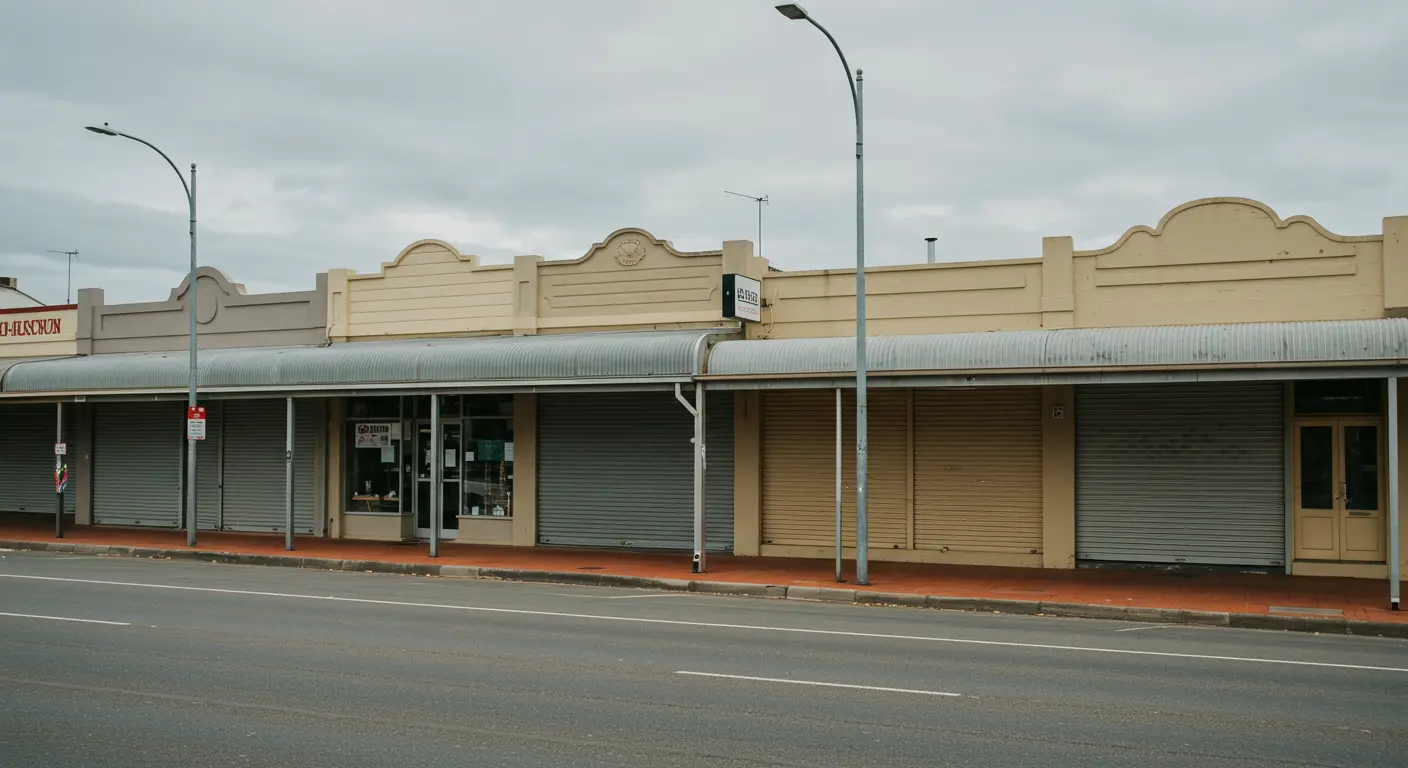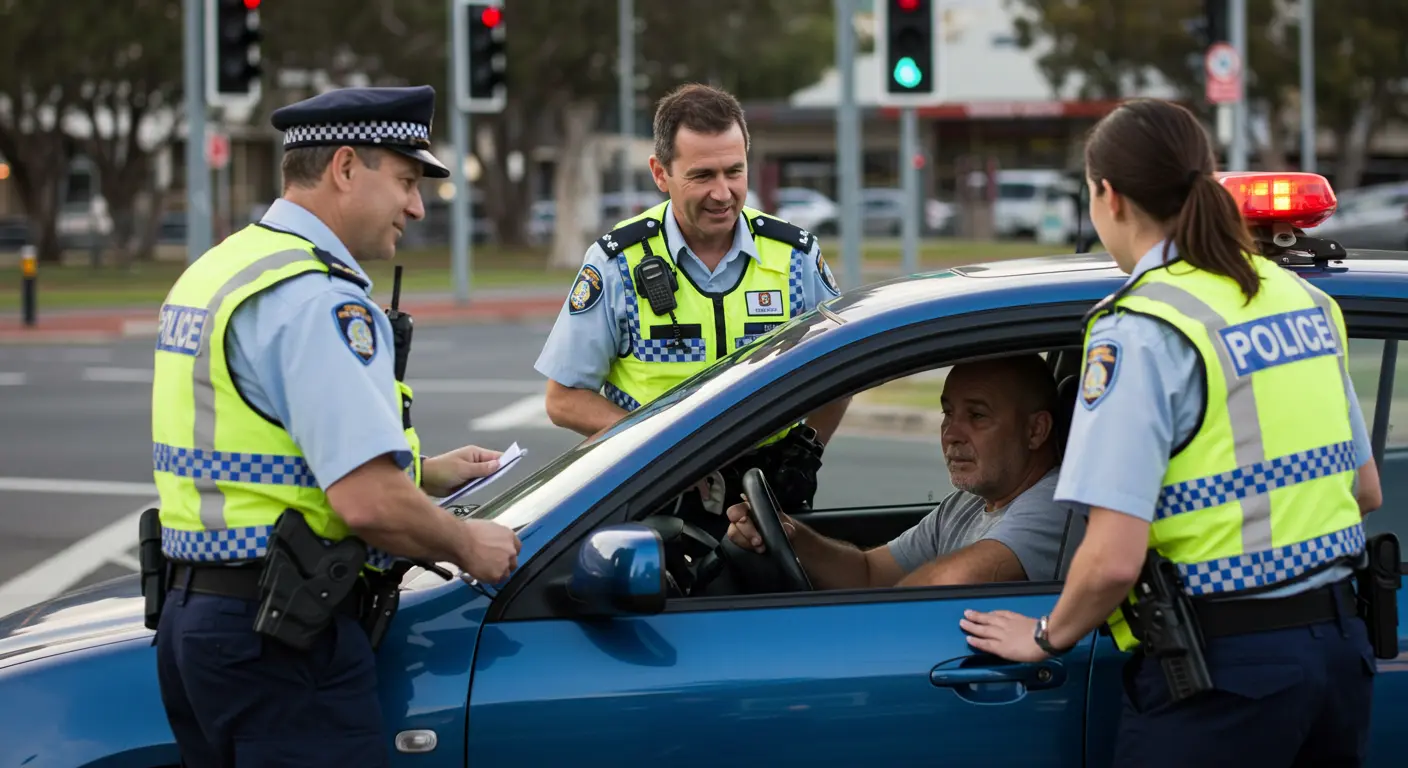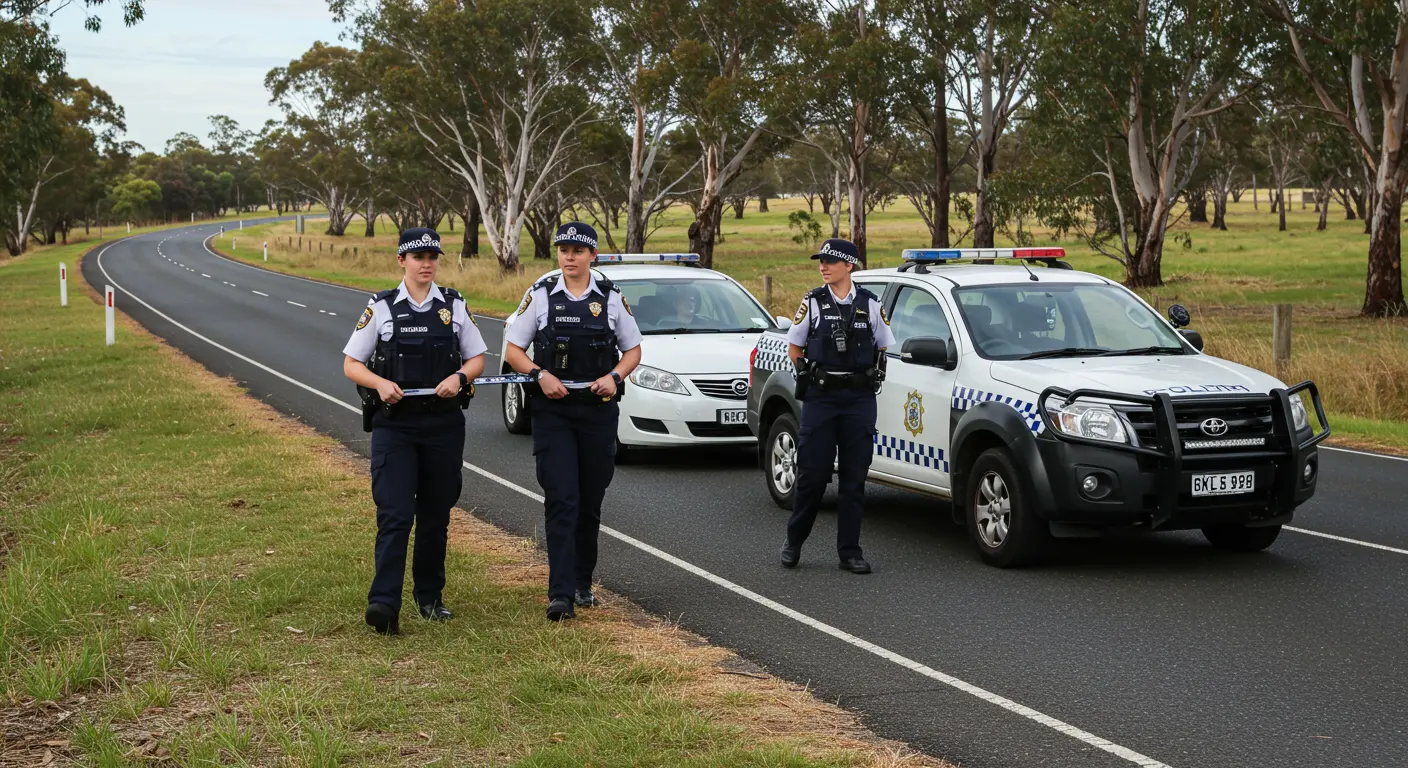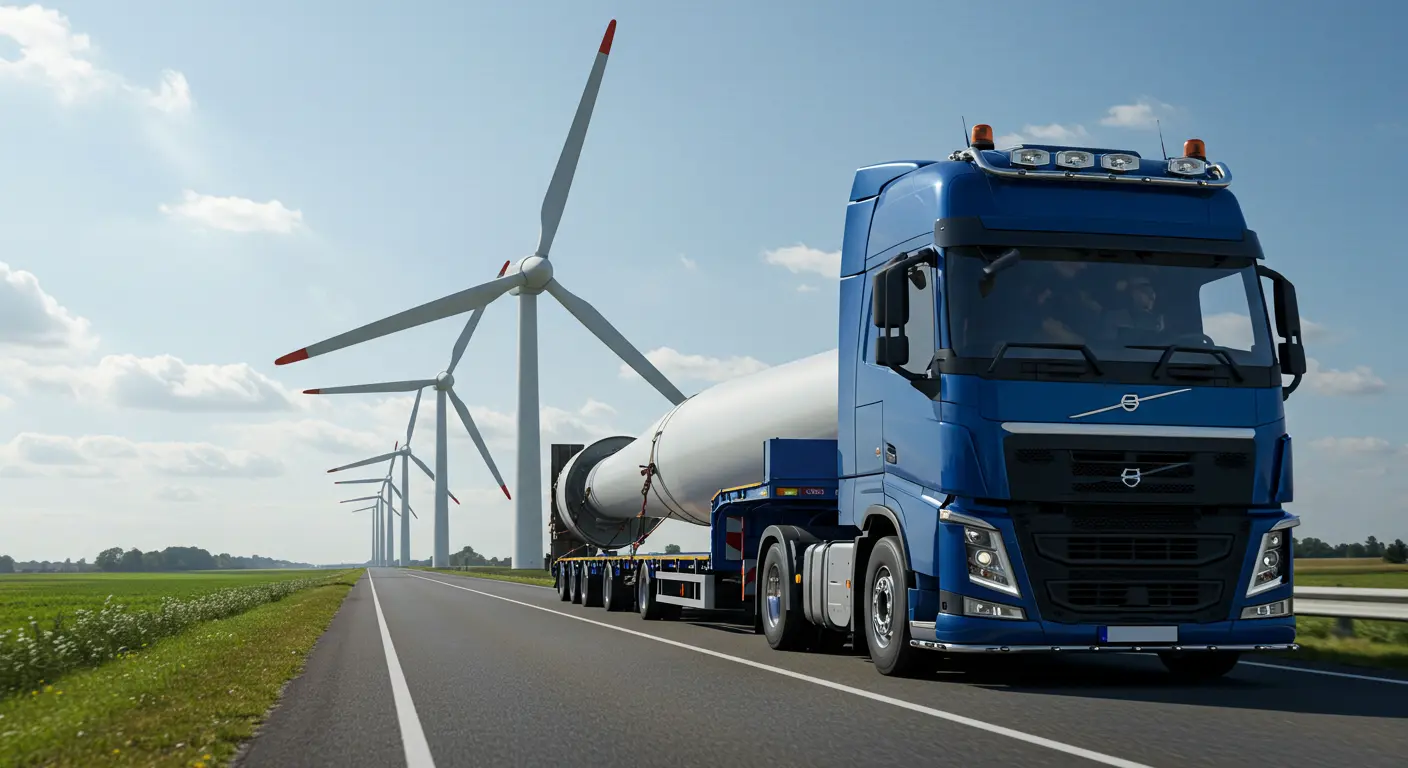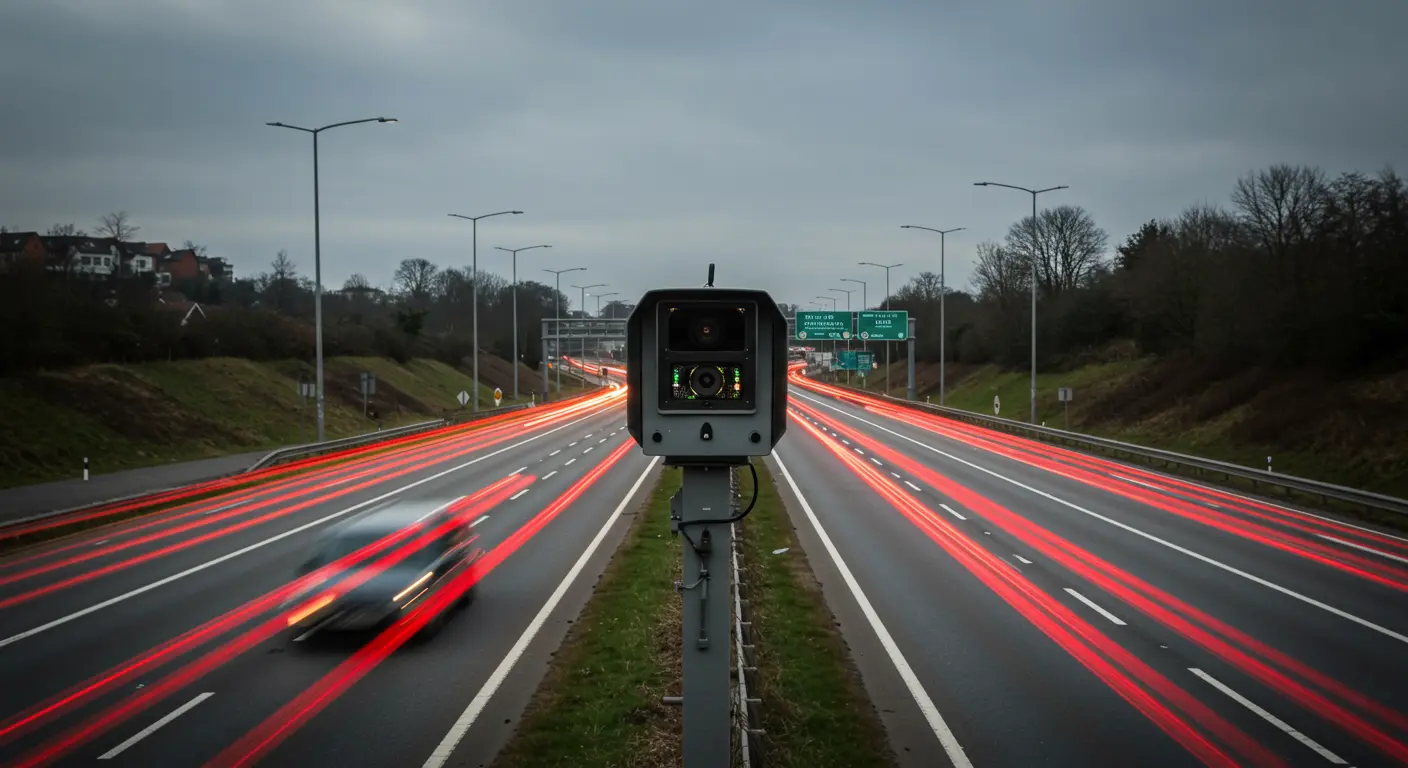Victorians could soon face a dramatic change to suburban driving, with speed limits set to be slashed to 30km/h if new recommendations from Infrastructure Victoria are adopted.
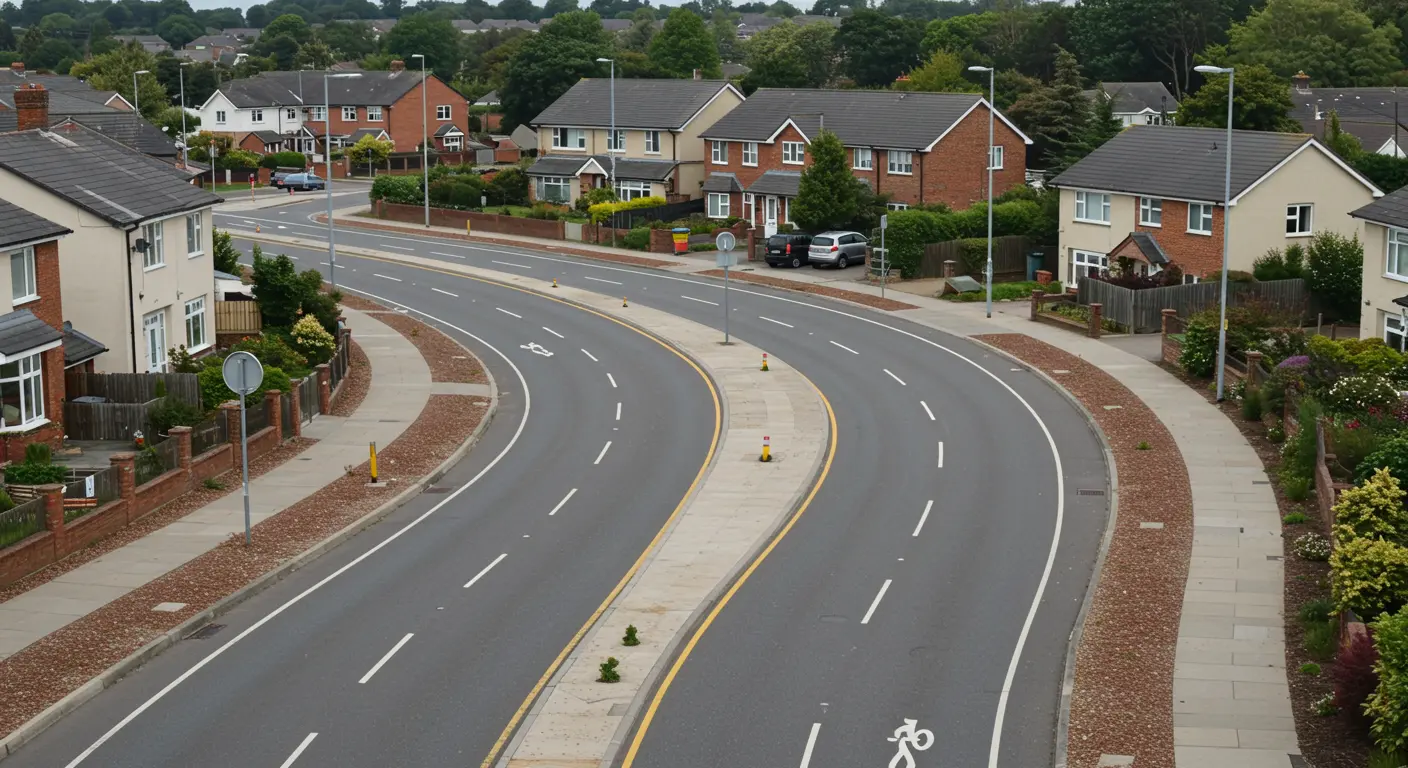
Push for Safer Streets
Infrastructure Victoria, the state’s independent advisory body, is proposing the lower limits as part of a strategy to improve road safety and manage increasing congestion linked to population growth. The recommendation is already drawing debate across the state, especially from drivers who are concerned about commute times.
Why 30km/h?
Dr Jonathan Spear, Chief Executive of Infrastructure Victoria, highlighted the potential for significantly reducing the road toll.
"A pedestrian struck by a car travelling at 50km/h has an 85 per cent chance of dying. At 30km/h, that risk drops to just 10 per cent," Dr Spear said.
The changes would initially target high-risk pedestrian areas such as school zones and playgrounds before expanding more broadly into residential streets.
Trials Already Underway
Melbourne’s City of Yarra has trialled 30km/h limits across parts of Fitzroy and Collingwood. Other cities including Sydney, Adelaide, and the Gold Coast are also testing lower suburban limits in line with international trends.
Dr Spear noted that slower speeds would likely have a "minimal impact" on travel time but a "significant impact" on reducing serious injuries and fatalities.
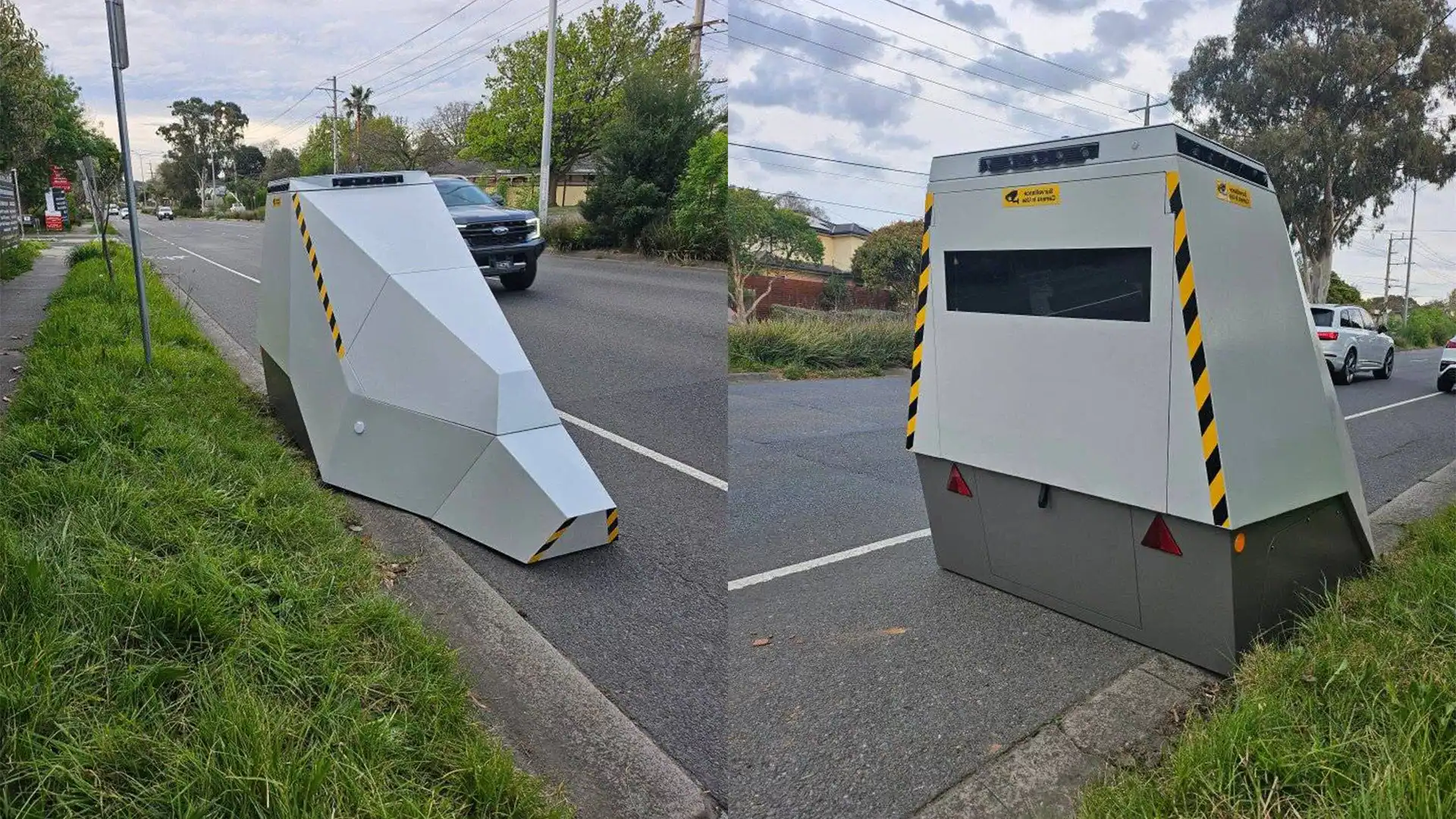
Expert Backing
Dr Lauren Pearson from Monash University’s Sustainable Mobility and Safety Research Group supports the plan, calling it a "cost-effective" way to save lives.
"We have seen the effect of these speed zones in places such as Wales, Canada, Scotland, Colombia and across Europe," Dr Pearson said. "Yet, here in Australia, we’re well behind."
She pointed to Toronto, where serious injuries reportedly dropped by 67 per cent following the introduction of 30km/h speed zones.
Infrastructure Victoria estimates implementation would cost between $35 and $45 million, covering new signage and pedestrian-friendly footpath upgrades.
Rising Road Fatalities
The recommendations come amid a concerning increase in road deaths. In 2024, more than 1,300 people were killed on Australian roads – the highest toll since 2012, according to BITRE (Bureau of Infrastructure and Transport Research Economics).
Experts argue that bold, evidence-based steps such as reduced speed limits are essential to halving the national road toll by 2030.
What Happens Next?
Infrastructure Victoria has recommended the Victorian Government begin planning for implementation within five years. The government is currently reviewing the proposals as part of its broader transport and road safety planning.
While the plan has strong support from road safety advocates, its future will likely depend on public acceptance and political will. The key question remains: will saving lives justify slowing down?




